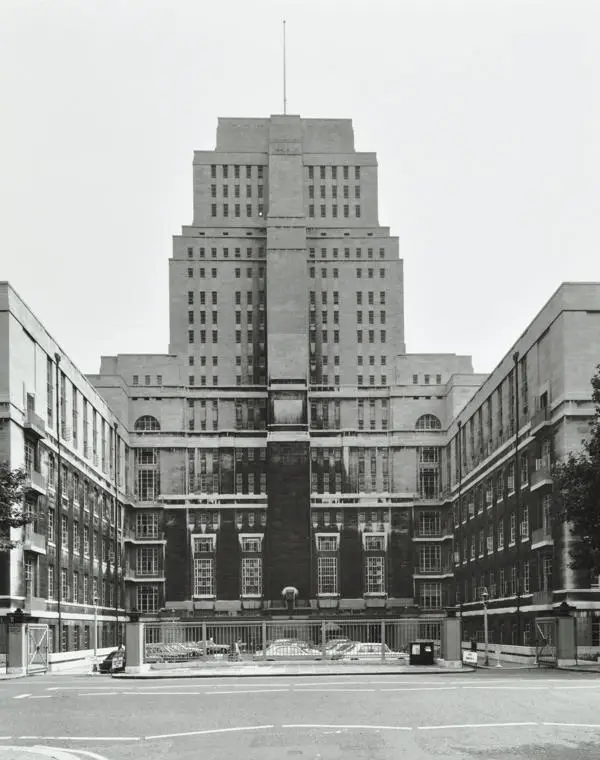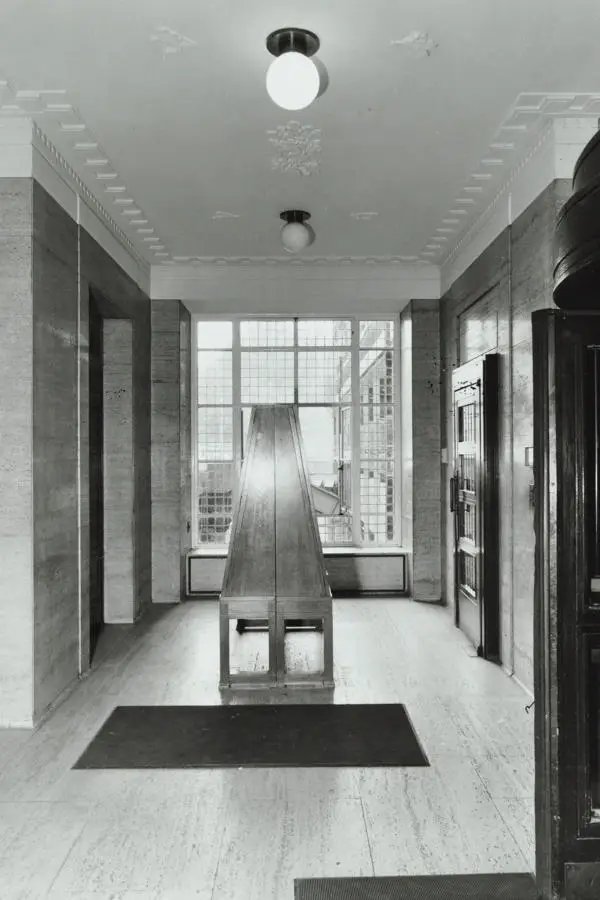Senate House
Introduction to London's Grand Designs
London is home to some of the world's most striking architecture and innovative engineering. Whether driven by divine purpose or the needs of a growing population, the grand designs of architects and engineers have shaped the identity of the city and the lives of Londoners.
This series of articles, based on a London Metropolitan Archives’ exhibition in Aldgate Square and then Guildhall Yard in 2019, delves into the historical collections at LMA to present drawings and photographs that record the development of some of London’s greatest buildings and structures. The projects cover a wide variety of aspects of life in the capital, from worship to entertainment, transport to housing, and all add to the story of the developing city. Many are still present today, but others have not survived the passage of time and exist only in memory and archives.
Senate House
At 64 metres (210 feet), Senate House was the second tallest building in London when it opened in 1937, with only St Paul's Cathedral rising higher. Tom Furber looks at its early history.
Having outgrown its accommodation, the University of London set about developing a scheme for a new headquarters after the First World War. With funding from the Rockefeller Foundation behind the scheme, architect Charles Holden was appointed in 1931 to create a modern architectural feature for the University.

Holden sought to blend both modern and classical styles in his Art Deco design. It provided a modern shape with little detail but was built in Portland Stone and brick and included traditional architectural features such as Georgian windows and balconies. This was seen a compromise by many critics and the building did not enjoy the acclaim of his other work, most notably 55 Broadway in St James’s Park.
There is a long-standing urban legend that Senate house survived the bombing of London during the Second World War because Hitler coveted it as a post invasion headquarters. There is little evidence to support this claim and the building was in fact hit by bombs on at least five occasions during the war.
However, the building did serve an important wartime function as it housed the Ministry of Information which was responsible for British propaganda such as the ‘Keep Calm and Carry On’ poster. George Orwell was an employee of the ministry during the war and it became the inspiration for the Ministry of Truth in his novel 1984.
